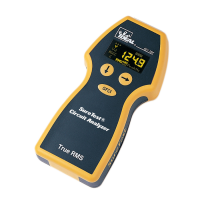Electrical shock
An estimated 58 people loose their life each week as a result of electric shock. These
deaths are a result of consumer products, large appliances and installed home wiring. In
an electrical system, the grounding system is the primary protection against electrical
shock hazards. It provides a low resistance pathway to ground to protect against
electrical faults.
There are several conditions that can occur within the grounding system that would
lessen the protection against electrical shock. Three of the most common are high
impedance grounds, false grounds, and a poor earth grounding system.
High Impedance Ground
A good electrical ground is more than following NEC requirements, it must also be a low
impedance system. The ground path is the fault path for stray current. If electricity
follows the path of least resistance, than the ground circuit must have a lower resistance
than an individual to protect them. The rule of thumb for protecting people is to maintain
a ground impedance of less than one Ohm.
Maintaining a good quality ground starts with wiring the circuit correctly. The NEC
requires that the removal of any device cannot interrupt the ground path. Receptacle
manufacturers have responded by supplying receptacles with only a single grounding
connection. This would prohibit electricians from wiring the device in series with the
grounding circuit.
Pigtail Connections
A common method of ensuring that the ground remains intact is through the use of a
pigtail connection. To make a pigtail connection, take both ground wires and join them
with a 6-inch wire of the same color that has been stripped on either end. Hold all three
tightly and bind them together with a wire connector. Be sure to use the right size
connector for the size and number of wires.
The grounding circuit
must not rely on any
device to maintain
the circuit. The NEC
requires that the
removal of any
device cannot
interrupt the ground
ath

